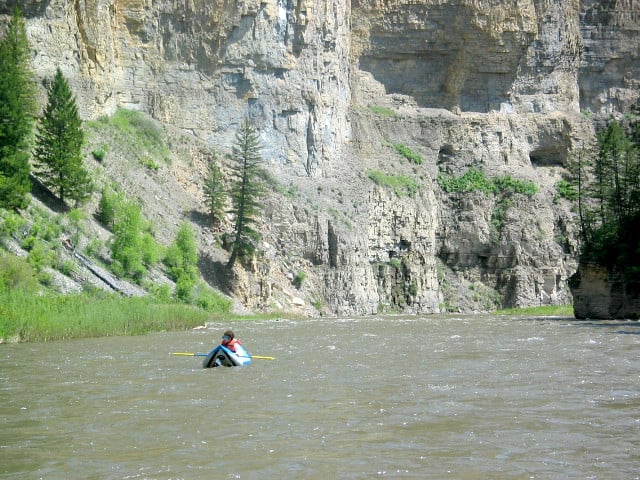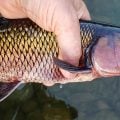Why Are Mines Bad for Rivers?

Photo: Bitterroot/Flickr
After the announcement last week that a copper mine can proceed on one of the Smith River’s most important trout tributaries, the collective fly fishing community at once was outraged and depressed. The industry as a whole opposes the mine, but that lockstep opposition got me thinking—do the newcomers to the sport (many of whom joined our ranks in the past few years) truly understand why most fly anglers are so opposed to this mine?
My guess is probably not. One of the many things the fly fishing industry, as a whole, needs to improve on is how we educate new anglers, on everything from fly fishing to conservation. Too often we’re focused on the what or how, that we fail to explain the why.
Today, you’re going to get a look at why anglers, conservationists, and environmental groups oppose the kind of mine proposed for the Smith River.
What makes this mine bad?
As demand for battery-based products increases, mining will also increase. But mines placed on, or near, rivers pose a substantial risk to overall ecological health.
This particular mine—the Black Butte Mine—will be built entirely underground, on Sheep Creek. Sheep Creek is a tributary of the Smith River, and according to Montana Trout Unlimited, Sheep Creek is the most important tributary in the Smith River system.
“Sheep Creek at times represents half of the flow of the Smith River at Camp Baker, the launch site for floaters. It is often clear and cool when the Smith is turbid and warm. At least half of the trout spawning in the Smith River watershed use Sheep Creek. Some fish even come from the Missouri River to spawn in Sheep Creek.”
Because of how the mine will be built, it will require the mining company to constantly pump water out of the mine, according to Save Our Smith.
“The pumped wastewater would contain arsenic and other toxics. Tintina’s proposed copper mine is particularly concerning because it will mine through sulfide minerals, which when exposed to air and water can react to form sulfuric acid in a process known as acid mine drainage.”
In addition, by messing with the water table, the mine puts the overall health of the groundwater at risk. According to the Safe Drinking Water Foundation, “Mining can deplete surface and groundwater supplies. Groundwater withdrawals may damage or destroy streamside habitat many miles from the actual mine site.”
That could, and likely will, negatively impact the streamflows in Sheep Creek, which would lead to less spawning habitat available for the fish that call the Smith River home. The Smith is a blue-ribbon trout fishery, and is one of fly fishing’s crown jewels.
This is just a brief overview of the many problems with the Black Butte Mine (and other mines like it), but hopefully it sheds some light on why there’s such collective outrage over the possibility of this mine coming into being.
Science In The Thorofare
Searching For The Lost Yellowfin Cutthroat











